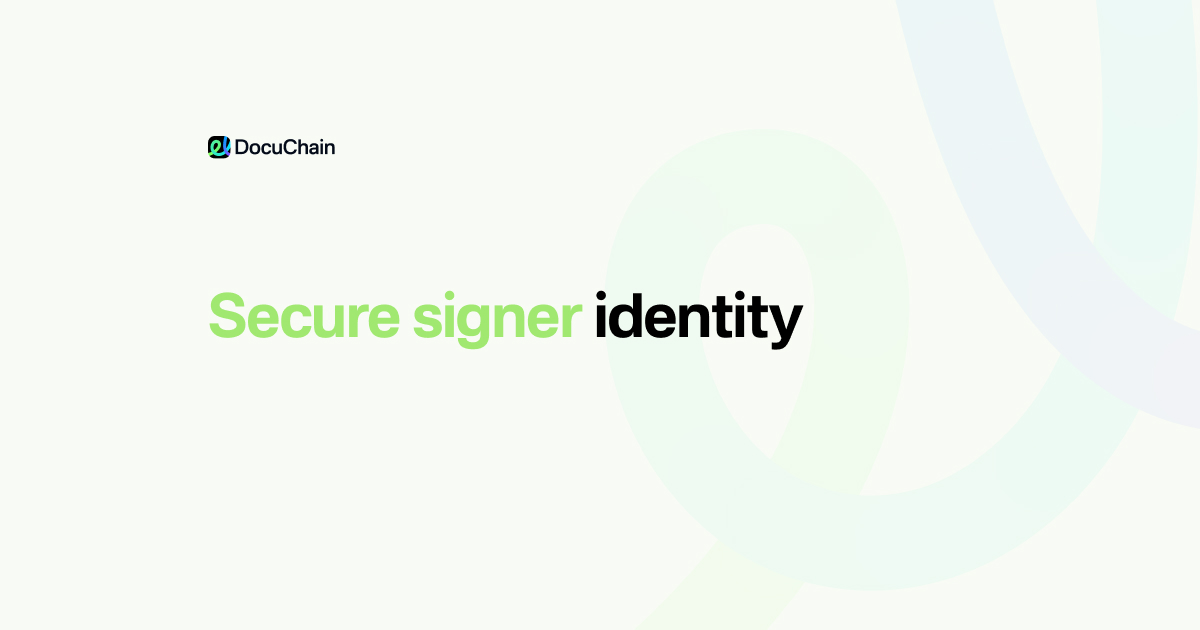
A UK bank recently reported a case where attackers intercepted SMS codes and approved loans under stolen identities.
After rolling out multifactor authentication and biometric signature, fraud dropped sharply, and customer confidence went up.
Signature levels
Basic e-signatures are quick but lack legal depth. A certificate-based signature — especially when issued through a regulated authority — provides tamper resistance and stronger legal recognition. In the EU, QES signatures carry the same weight as handwritten ones.

Adding authentication
Integrating OTP verification or two-factor login is now considered best practice in fintech and HR. It reduces account takeovers and removes friction for users who no longer rely on weak passwords.
Biometric trust
Face or fingerprint-based biometric signature has become mainstream. It’s not only convenient — it’s harder to fake. According to Mitek Systems, 74% of users trust biometric methods more than PIN codes or passwords.

Certificate confidence
When digital ID is layered with a certificate-based signature and robust electronic signature verification, the result is traceable, sealed, and enforceable.
It creates clarity during audits, disputes, or cross-border deals.
Real impact
One insurance company replaced password-based logins with biometric ID and saw support tickets drop and user onboarding accelerate.
It made their eSign process feel seamless and secure.
If you care about signing with proof and confidence, DocuChain delivers biometric signature, OTP verification, and certificate-based signature options — trusted tools that secure every signer’s identity.

Create Digital Signature


Tap in area to upload your document
Drop your file or click to upload your document.















